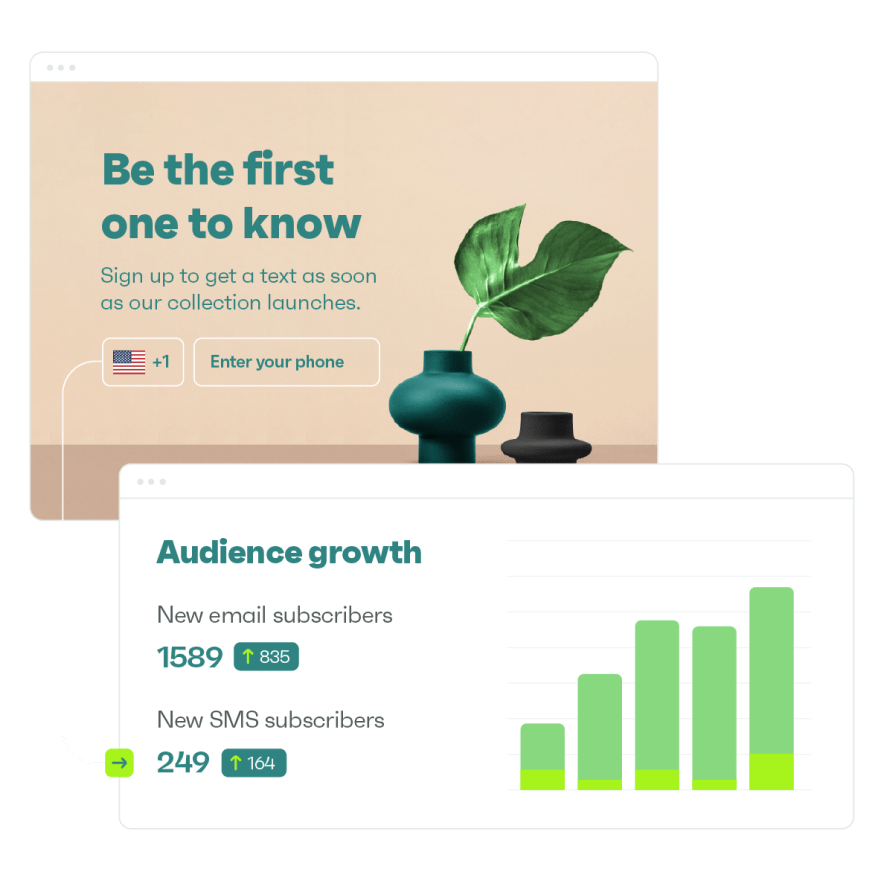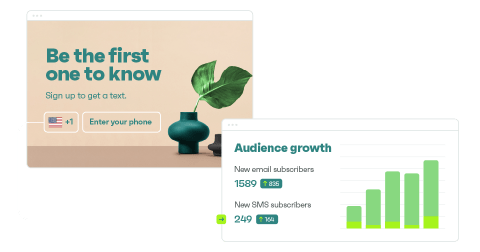Drive sales on autopilot with ecommerce-focused features
See FeaturesBehavioral segmentation: detailed explanation + 8 examples
If you think that customer segmentation only refers to demographic information like age and gender, think again!
For a truly meaningful segmentation strategy that lets you send the right message at the right time, you need behavioral segmentation. This approach enables you to see which groups of your audience buy from you most often, spend the most (and least) amount of money, and send reminders if a visitor has left your site without completing a purchase.
In this in-depth guide on behavioral segmentation, we’ll cover:
- Behavioral segmentation definition
- Behavioral segmentation benefits
- Types of behavioral segmentation
- Behavioral segmentation examples
What is behavioral segmentation?
Behavioral segmentation is a marketing process that uses customer behavior and product usage to divide customers into distinct groups. Behavioral segmentation focuses on how people buy and use your product, their knowledge about it, and how often and how much they use it.
There are different types of customer segmentation, such as demographic, psychographic, geographic, technographic, need-based, value-based, and behavioral segmentation. By considering these factors, you ensure that you send messages that people will find relevant — for example, by using geographic segmentation, you won’t send a local offer to someone at the other end of the country.

Become an expert in segmenting customers for email marketing:
👉 How to use email segmentation for smarter ecommerce.
Behavioral segmentation benefits
Why is behavioral segmentation important? Let’s explore some of the main benefits:
- Understand customers better: Behavioral segmentation helps marketers understand customer needs and predict their future buying behavior.
- Personalized and relevant marketing campaigns: Customer segmentation helps you create personalized and relevant email campaigns based on customer location, traits, habits, attitudes, or tastes.
- Boost customer retention: Personalized communication leads to higher customer satisfaction, which encourages customers to continue their loyalty to your brand.
- Efficient budget and resource allocation: Segmenting and prioritizing customers who can add a greater lifetime value and ROI helps with effective budget and resource allocation.
- Improved overall customer experience: Customer behavior segmentation adds a touch of uniqueness and personalization across all touchpoints, improving customer experience throughout their journey.
Four types of behavioral segmentation
The four main types of behavioral segmentation include usage and shopping behavior, benefits, occasions, and loyalty:
1. Segmentation based on usage and purchase behavior
Customers go through various decision-making processes before making purchases. For instance, they may compare different product alternatives before choosing the product they want. Then, they may compare the different versions of that product.
Based on their actions during the purchasing stage, different customers may end up buying different products, and some may decide not to buy anything.
Usage and purchase behavior segmentation looks at how customers act while making purchase decisions. It helps understand how customers make decisions, the roadblocks in their processes, and behaviors that lead to sales or abandonment.
Marketers consider these factors to get started with usage or behavioral segmentation:
- Frequency of purchase
- Types of products purchased
- Average order value
- Time spent on product pages and browsing history
- Customer queries about products
For example, Customer X looks only for discounted products, Customer Y conducts thorough research and reads multiple reviews before buying, and Customer Z buys more during certain months of the year.
All three customers show different buying habits, and hence, all three have to be approached with targeted marketing campaigns and messages. A one-size-fits-all approach may not work.
This is where usage and purchase behavior-based segmentation is useful. It helps tailor your marketing strategies to specific customer segments.
From customers X, Y, and Z, let’s focus on customer Y, who believes in conducting thorough research before purchasing. You could target customer Y, and other customers that belong to this segment, with informative emails that talk in-depth about your products and its strengths.
By meeting their need for information via emails and incorporating appropriate CTAs, you could help them in their buying journey and drive them to make purchase decisions.
For example, this email by an apparel brand provides detailed information about the products, tips on how to wear and style the items, along with information about the brand’s sustainability.

Here’s another example based on usage or purchase-based segmentation. The email displays customer reviews, offering social proof, and the strategically placed CTAs encourage viewers to purchase.

2. Segmentation based on benefits
Customers choose a specific brand or prefer to buy products for particular reasons, but those reasons can vary from one person to the next. For instance, some customers might like the product quality, while others focus more on price, or how it makes them feel.
Benefits-based segmentation helps categorize customers based on the value they’re looking for in your product. By focusing on this value in your communications with those customers, you can increase sales.
Here’s how benefit-based segmentation helps:
- It helps gain a better understanding of customer needs and priorities
- Makes it easier for marketers to craft tailored email campaigns
- Improves engagement rate, leads, and conversions
- Leads to higher customer retention and loyalty
Even though customers may belong to the same demographic segment and may be interested in the same product category, the benefits they are seeking can differ.
For example, customers A, B, and C are looking to buy a car. However, A is interested in a car that provides more mileage, while B is prioritizing the price factor of the car, and C is keen on the outward appearance of the car.
All three customers want to buy a car from the same company, but the benefits they want are different. Hence, there is a need for tailored email campaigns for all three customers.
One method marketers use is to list down all the benefits customers may receive from specific products. The benefits could be price, post-purchase service, good customer support, product features, quality, quantity, etc.
Next, marketers can place customers under each of these benefits categories. This can help send targeted email campaigns to different customer segments.
Here are some email examples that elaborate on the benefits of the products to help customers with their purchase decisions:

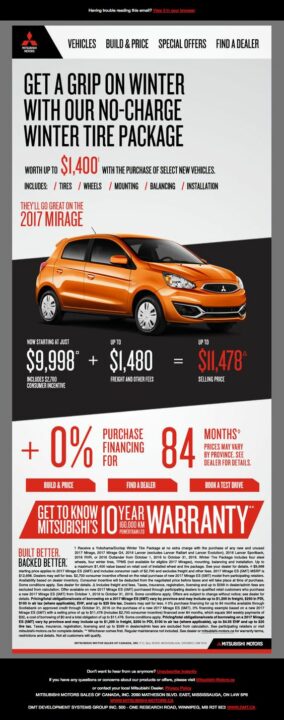
3. Occasion or timing-based segmentation
Occasion or timing-based segmentation relates to customers’ purchasing behavior at specific times or on particular occasions. These could include holidays (Thanksgiving), events (Black Friday sales), personal occasions (anniversary), or even specific times in the day (evening).
To segment customers based on occasions, marketers must track customers’ past purchase patterns. Are some customers purchasing only during festivals and sales? Which customers are buying more at the beginning of the month?
While occasional segmentation can help in crafting tailored email campaigns, this kind of segmentation could take some time to build because it depends on identifying patterns over time. It’s also important to remember that purchase behavior can change over time.
Occasion-based segmentation can help in many ways:
- Marketers can send tailored and relevant marketing emails
- Think of creative email ideas to target customers
- Pre-plan email campaigns to align with occasions or specific times
- Marketers can research and identify which products sell well on specific occasions
For example, if your ecommerce store sells gift boxes and themed products, you can segment customers based on the occasion they purchase on — Christmas, Thanksgiving, Valentine’s Day, etc. Additionally, identify which products are more popular during these different occasions and send targeted marketing emails to the various customer segments.
Here are some examples of occasional or timing-based segmentation focusing on festive discounts and introducing new festive collections to customers:
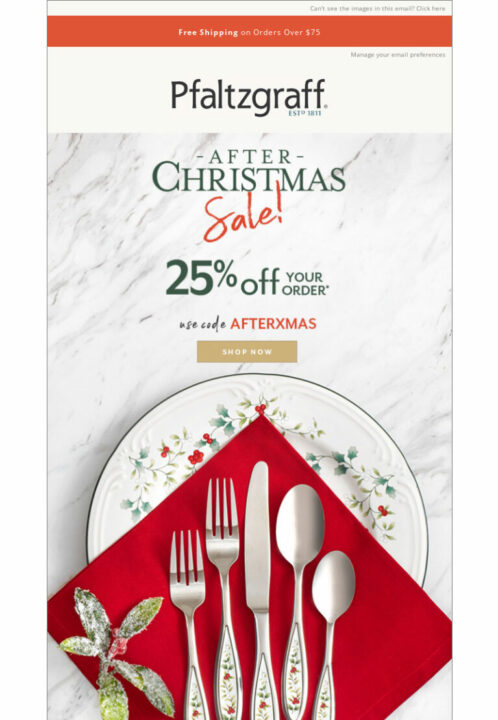

4. Customer loyalty-based segmentation
Your ecommerce store will have many loyal customers, and there will be specific factors that bring these customers back.
For instance, some customers may return because of the loyalty program, while others enjoy the quality of your products.
Loyalty-based customer segmentation helps marketers identify and target repeat customers. To begin, marketers can list down customers based on the frequency at which they visit, for example, every day, every 10 days, once every month, etc.
Further, marketers can also track metrics like time on site, click-through rate, responses and interactions, etc.
The benefits of customer loyalty-based segmentation:
- Send targeted emails and boost repeat revenue
- Generate referrals from loyal customers
- Request feedback and product reviews
- Loyal customers spread good word about your brand
- Extract valuable data from this segment and strengthen your brand
Consider these loyalty-based segmentation email campaigns that offer discount codes on the next purchase:


Behavioral segmentation examples
Here are some real-life behavioral segmentation examples from various ecommerce industries and why they work:
1. Netflix: Personalized content recommendations
Behavioral segmentation type: Product usage
Netflix is one of the best examples of behavioral segmentation based on its users’ app usage. The video streaming platform tracks its users’ usage patterns, for example, frequency of use, time spent on the app, types of movies or TV shows viewed, and more.

As a result, Netflix offers tailored viewing experiences to its millions of users by recommending shows and movies. Also, Netflix sends personalized promotional emails to segmented users, persuading them to log in to the app. This is a great attempt to improve customer retention with a touch of personalization.

2. Amundsen Sports: Promo with a product target customers need
Behavioral segmentation type: Benefits
Amundsen Sports was facing a challenge in designing promotional emails that align with different buyer personas.
That’s where Omnisend’s email automation solutions came in. With Omnisend, the brand built intuitive workflows and designed emails to welcome new customers, recapture inactive ones with abandoned cart email sequences, and more.
Amundsen added product benefits targeting customers’ needs across their messaging. For example, their abandoned cart email features a photo of people enjoying nature using Amundsen’s product, followed by a few sentences about the benefits of spending time outside — enough to nudge readers to finish their purchase or continue shopping.

In another email, the brand emphasizes the need for smaller winter accessories that often play a big role in keeping people warm during travels:
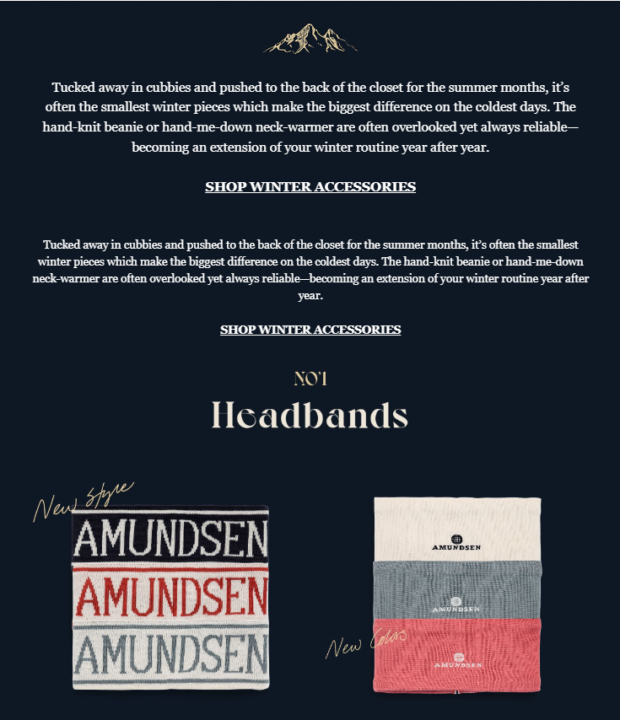
3. To’ak Chocolate: Get a delicious gift for Father’s Day
Behavioral segmentation type: Occasions and situations
To’ak Chocolate amped up their digital brand with email marketing. They started off creating an automated welcome email series for new subscribers using Omnisend and shared their brand story and mission to build strong connections from the get-go.
“Our automated welcome series allows us to share our brand story with anyone who subscribes, which helps us communicate the uniqueness of our brand. We tell the story from the founder’s perspective, the farmer’s perspective, and from other voices. Today, customers get a personalized introduction to our brand. Email automation makes it possible, for a small team like ours, to show customers that we care about building a connection.”

James Le Compte, CEO, To’ak Chocolate
👉 Learn more
The brand doubled down on email promotions on special events like Father’s Day. They used personalized messaging for every customer using Omnisend’s pre-made email templates and included exclusive offers and free gifts.

4. B-Wear: Customer appreciation email
Behavioral segmentation type: Customer loyalty
B-Wear’s marketing team looked to analyze data points to know which customers they’ve successfully retained versus who they’ve lost. They experimented with segmented lists based on purchase histories, customer engagement levels, customers needing offers to continue shopping, and so on.
Analyzing past purchases and engagement let B-Wear segment its most loyal customers. The brand sent them exclusive incentives as part of their ‘customer appreciation’ email sequences, thus boosting repeat purchases.
Here’s an email example that appeals to people shopping for both Valentine’s Day and for pets:
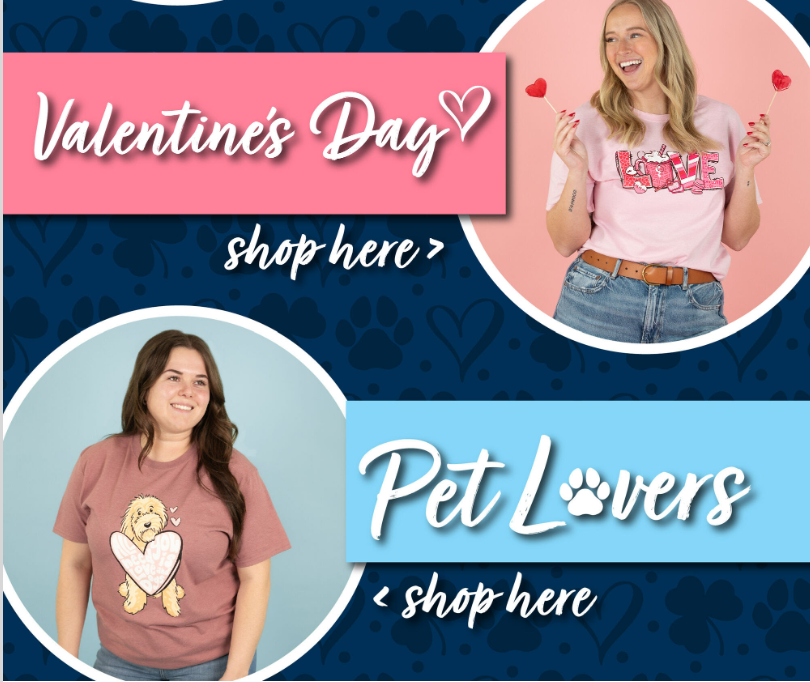
Omnisend provides sales figures plus other customer data points, such as who we’re keeping, who we’re losing. Everything from our customers that are engaged, to those that need an incentive to shop with us. It’s helping us build a strategy.”

Jason Slattery, Marketing manager, B-Wear

Summary
Behavioral customer segmentation involves segmenting customers by their actions rather than demographic details such as who they are and where they are from.
This makes behavioral segmentation more customer-centric, accurate, and effective compared to other segmentations.
However, there is no one-size-fits-all solution for behavioral market segmentation. You can segment your customers based on product usage history, occasional purchases, brand loyalty, and product benefits.
If you want to know your customers inside out, build relevant email marketing campaigns, and focus on customer retention while saving your marketing budget, then behavioral segmentation should be a part of your strategy.
quick links
related features
No fluff, no spam, no corporate filler. Just a friendly letter, twice a month.
